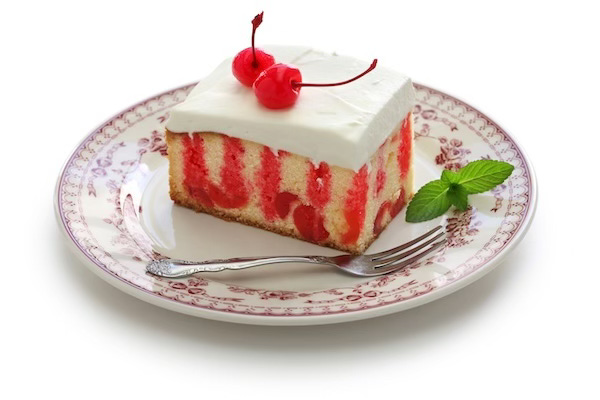When Figurative Language Fails: Part 1
Lift Your Language
We love to use figurative language. It adds colour, interest and extra emphasis to points we want to make. When it’s wrongly applied, though, it ruins the image completely.
Unfortunately, speakers and writers like to copy phrases that have impressed them without thinking about what they really mean.
Here’s a couple of examples of figurative language that fail.
Keep reading with a 7-day free trial
Subscribe to Better Communication to keep reading this post and get 7 days of free access to the full post archives.


